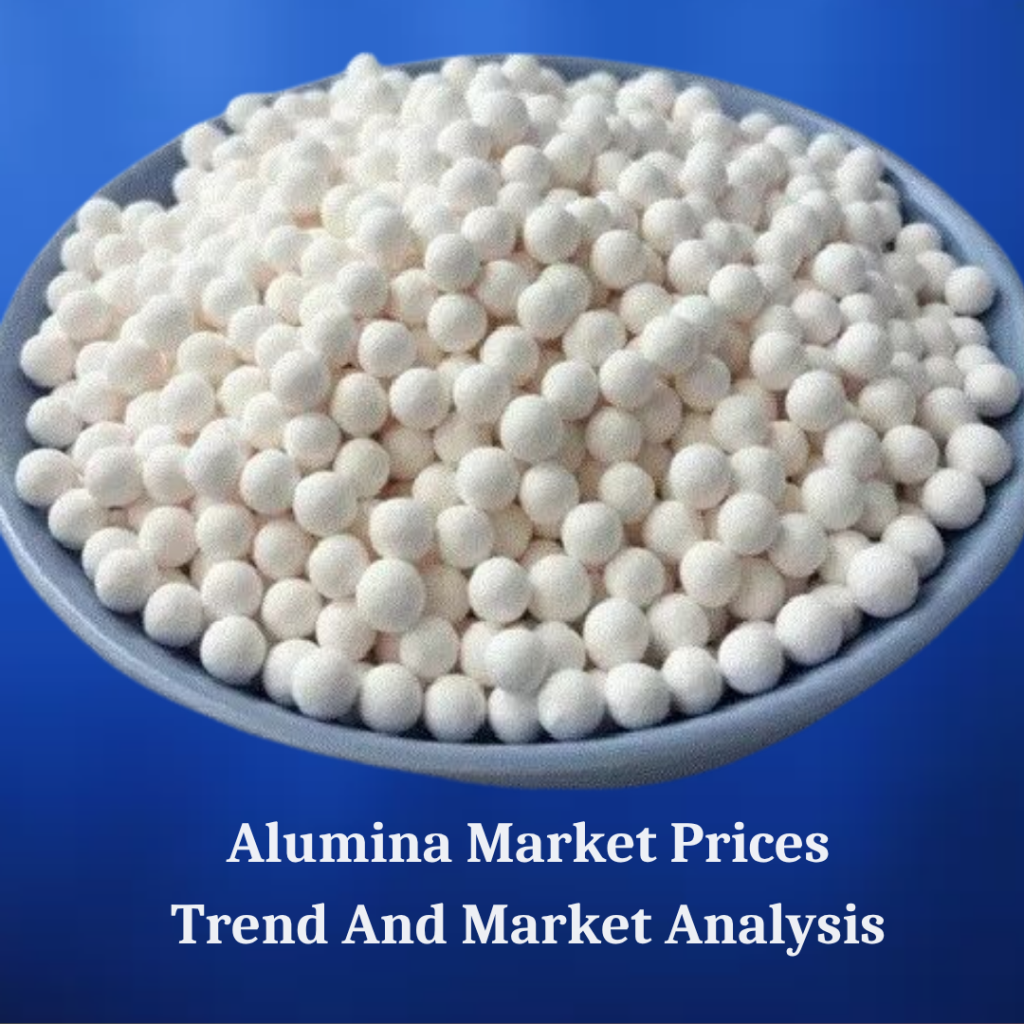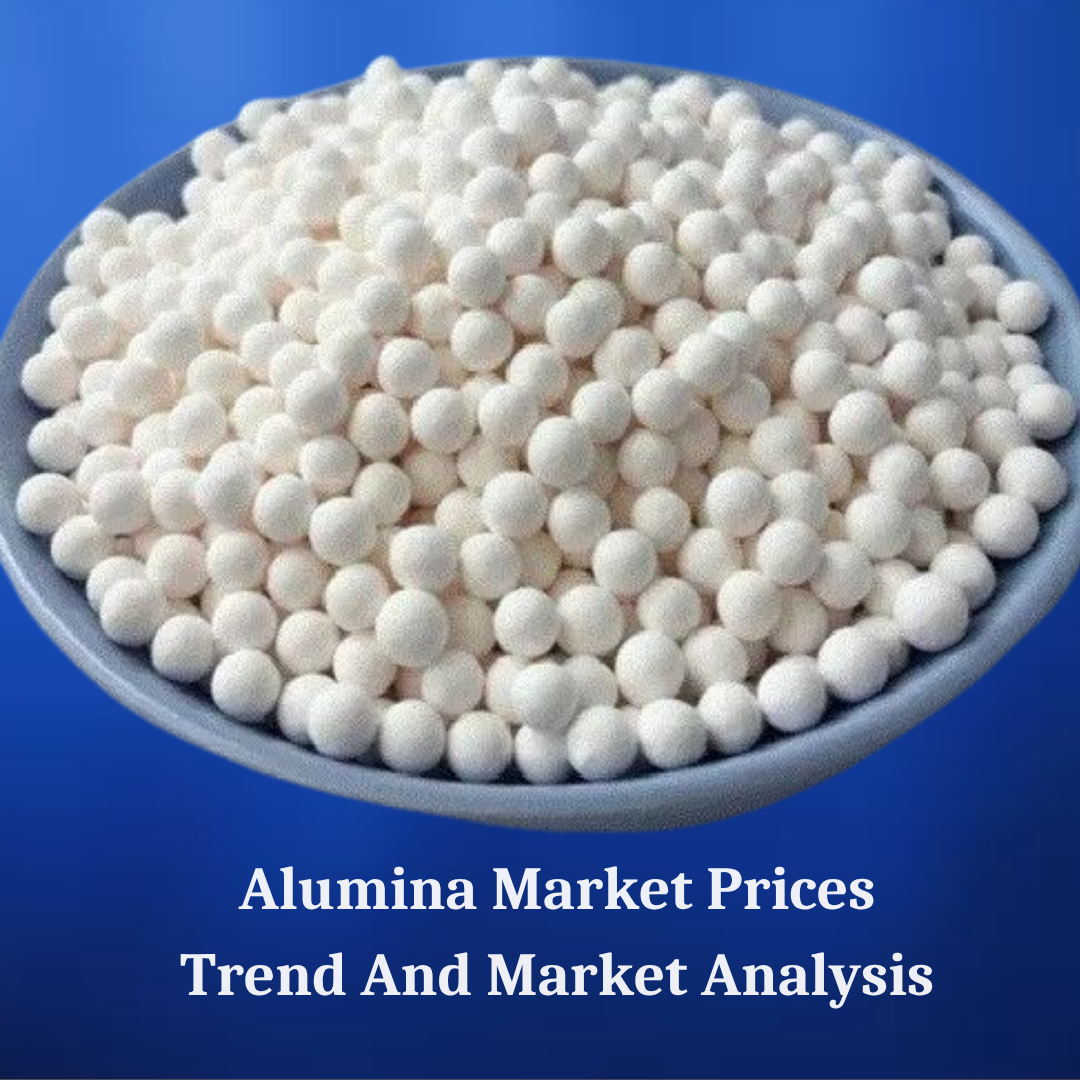
Alumina, also known as aluminum oxide, is a vital raw material in the production of aluminum. It’s extracted from bauxite and serves as the primary input for aluminum smelting. Understanding the alumina price trend in 2025 is crucial for businesses and stakeholders in the aluminum industry. This article delves into the factors influencing alumina prices, market forecasts, industry growth, and insights to help you navigate the evolving landscape.
👉 👉 👉 Please Submit Your Query for Alumina Market Price Trend, forecast and market analysis: https://www.price-watch.ai/contact/
Global Alumina Market Overview
The global alumina market has experienced significant fluctuations in recent years. In 2024, the market size was estimated at approximately USD 44.73 billion and is projected to reach around USD 70.8 billion by 2034, growing at a compound annual growth rate (CAGR) of 4.70% from 2024 to 2034. Asia Pacific has been the dominant region in alumina production, accounting for over 56% of the global market share in 2023. China, in particular, plays a pivotal role, producing more than half of the world’s alumina and aluminum.
Factors Influencing Alumina Prices in 2025
Several key factors are expected to influence alumina prices in 2025:
- Supply and Demand Dynamics:
The alumina market has faced supply constraints due to disruptions in major producing countries like Guinea and Brazil. However, new production capacities coming online in countries such as Indonesia and India are expected to ease these supply tightness, potentially stabilizing or even reducing prices. - Energy Costs:
Alumina production is energy-intensive, and fluctuations in energy prices can significantly impact production costs. Rising energy costs could lead to higher alumina prices, while a decrease in energy prices might have the opposite effect. - Geopolitical Factors:
Trade policies, tariffs, and geopolitical tensions can disrupt supply chains and affect alumina prices. For instance, U.S. aluminum tariffs have influenced global aluminum markets, and any changes in such policies could impact alumina prices. - Technological Advancements:
Innovations in alumina refining processes and recycling technologies can improve efficiency and reduce costs, potentially leading to more stable or lower prices.
Alumina Market Forecast for 2025
Analysts predict that the alumina market will experience a shift towards surplus in 2025 due to the influx of new production capacities. This surplus could lead to a stabilization or decline in prices, depending on the balance between supply and demand.
However, it’s important to note that regional disparities may exist. While some regions may experience price reductions, others could see price increases due to local supply-demand imbalances and energy costs.
Alumina Industry Growth and Outlook
The alumina industry is expected to continue its growth trajectory in 2025, driven by several factors:
- Infrastructure Development:
Investments in alumina refining capacities, such as the expansion projects by METLEN in Europe and NALCO in India, are set to increase production and meet rising demand. - Demand from End-Use Industries:
The automotive, aerospace, and construction industries are significant consumers of aluminum, and their growth will drive demand for alumina. - Environmental Regulations:
Stricter environmental regulations are pushing for cleaner and more efficient production methods, fostering innovation in the alumina industry.
Final thoughts About the Alumina Market Prices
The alumina price trend in 2025 will be shaped by a complex interplay of supply and demand factors, energy costs, geopolitical influences, and technological advancements. Stakeholders in the alumina and aluminum industries should stay informed about these dynamics to navigate the market effectively.
As we move forward, the focus will likely be on balancing production capacities with environmental considerations and market demands to ensure a sustainable and stable alumina market.
Also read: Bitumen Price Trend Analysis: 2024–2025 Forecast, Market Insights & Key Drivers

